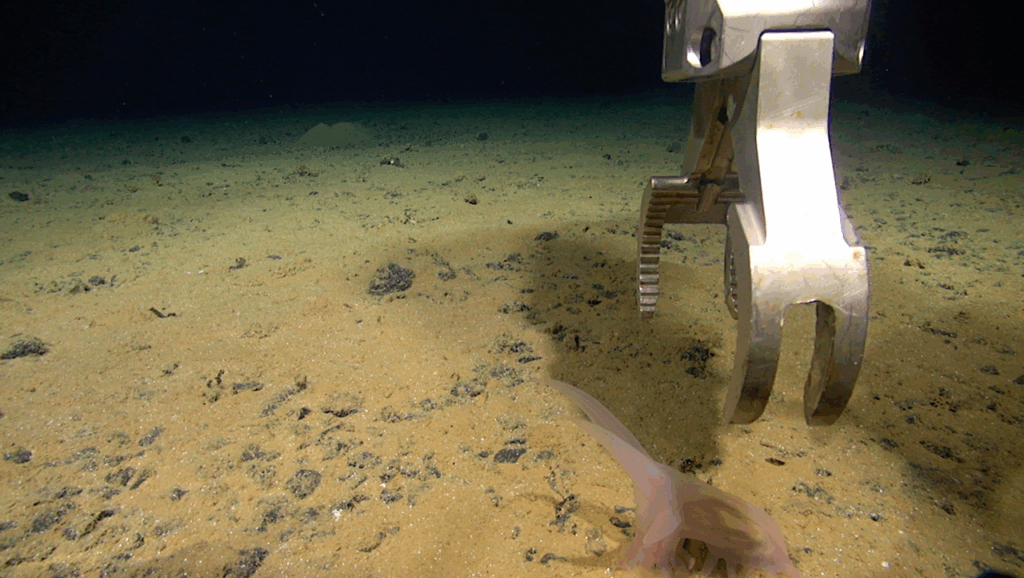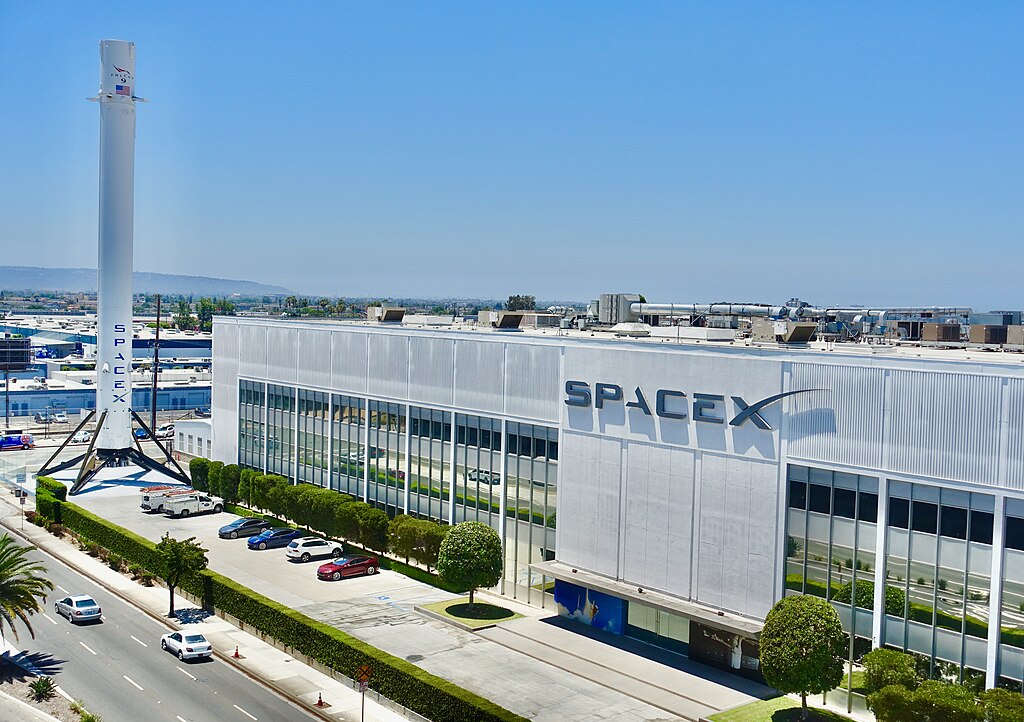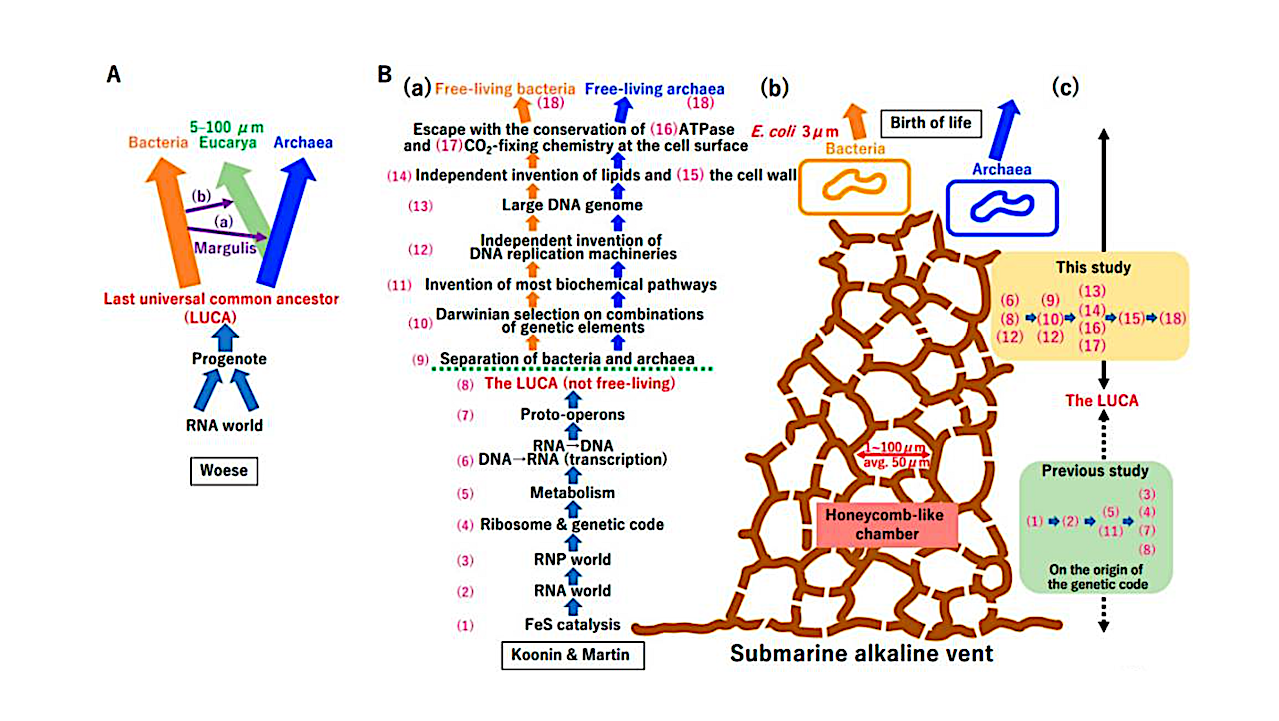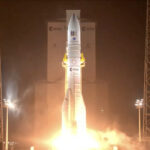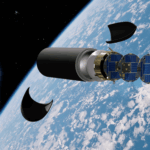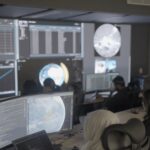Now Reading: Autocatalytic Selection As A Driver For The Origin Of Life
-
01
Autocatalytic Selection As A Driver For The Origin Of Life
Autocatalytic Selection As A Driver For The Origin Of Life
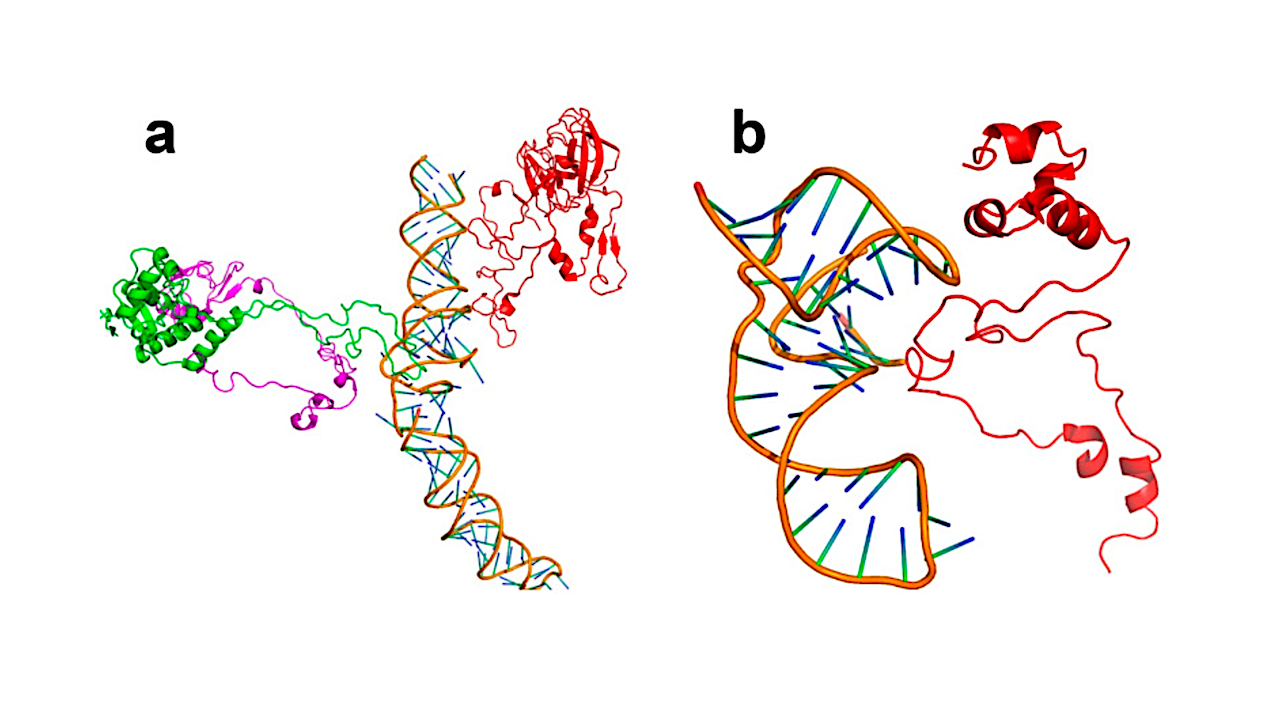

The original role of proteins was to stabilize RNA, rather than to act as enzymes. (a) The peptidyl transferase center of the Escherichia coli ribosome [96]. The figure shows the RNA that forms the catalytic site, as identified by [97], with the three proteins that form the closest association with it: the large subunit proteins L2 (red), L4 (green) and L15 (magenta). All of these have substantial non-globular parts, which are the parts in contact with the RNA. The catalytic center is in the middle of the RNA helix. (b) The human 17S U2 snRNP involved in the first step of RNA splicing [98], showing the RNA core and the protein most closely associated with it (splicing factor 3b). Again, the part of the protein in contact with the RNA is lacking in regular secondary structure. — LIFE via PubMed
Darwin’s theory of evolution by natural selection was revolutionary because it provided a mechanism by which variation could be selected. This mechanism can only operate on living systems and thus cannot be applied to the origin of life.
Here, we propose a viable alternative mechanism for prebiotic systems: autocatalytic selection, in which molecules catalyze reactions and processes that lead to increases in their concentration. Crucially, this provides a driver for increases in concentrations of molecules to a level that permits prebiotic metabolism.
We show how this can produce high levels of amino acids, sugar phosphates, nucleotides and lipids and then lead on to polymers. Our outline is supported by a set of guidelines to support the identification of the most likely prebiotic routes.
Most of the steps in this pathway are already supported by experimental results. These proposals generate a coherent and viable set of pathways that run from established Hadean geochemistry to the beginning of life.
Autocatalytic Selection as a Driver for the Origin of Life, LIFE via PubMed
Astrobiology
Stay Informed With the Latest & Most Important News
Previous Post
Next Post
-
 012024 in Review: Highlights from NASA in Silicon Valley
012024 in Review: Highlights from NASA in Silicon Valley -
 02Panasonic Leica Summilux DG 15mm f/1.7 ASPH review
02Panasonic Leica Summilux DG 15mm f/1.7 ASPH review -
 03From Polymerization-Enabled Folding and Assembly to Chemical Evolution: Key Processes for Emergence of Functional Polymers in the Origin of Life
03From Polymerization-Enabled Folding and Assembly to Chemical Evolution: Key Processes for Emergence of Functional Polymers in the Origin of Life -
 04How New NASA, India Earth Satellite NISAR Will See Earth
04How New NASA, India Earth Satellite NISAR Will See Earth -
 05And Thus Begins A New Year For Life On Earth
05And Thus Begins A New Year For Life On Earth -
 06Astronomy Activation Ambassadors: A New Era
06Astronomy Activation Ambassadors: A New Era -
07SpaceX launch surge helps set new global launch record in 2024














